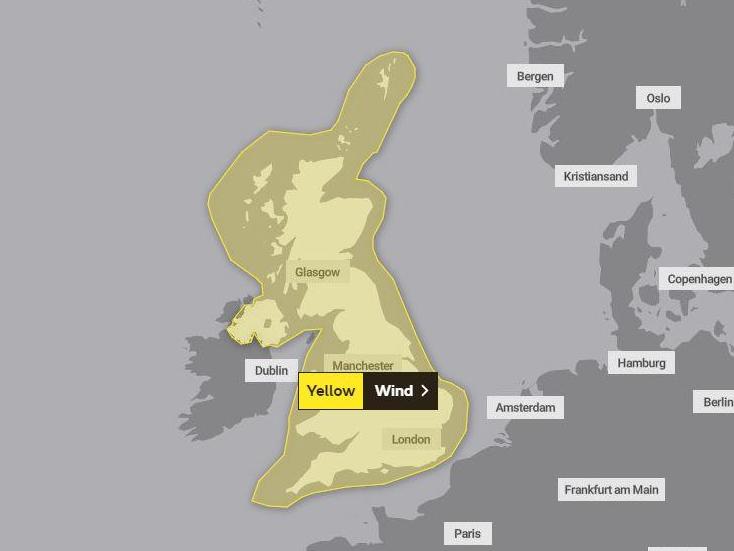

To learn more about how to call Azure Maps REST APIs inside Azure Notebooks, see EV routing using Azure Notebooks. You also learned how to visualize the data on graphs. In this tutorial you learned, how to call Azure Maps REST APIs to get weather forecast data. This data is prediction for next 15 days from the day the data is requested. For change in wind direction, see the right graph. For the change of wind speed, see the left graph. The graphs below visualize the forecast data.

Query = str(coords)+', '+str(coords)įorecast_response = await(await session.get(", index=pd.date_range(curr_date,periods=15)) # Call azure maps Weather services to get daily forecast data for 15 days from current date Station_ids = pd.unique(df].values.ravel())Ĭoords = pd.unique(df].values.ravel()) # Get a lists of unique station IDs and their coordinates This API returns weather forecast for each wind turbine, for the next 15 days from the current date. The following script calls the Daily Forecast API of the Azure Maps Weather services. In our scenario, we would like to request daily forecast for each sensor location. df = pd.read_csv("./data/weather_dataset_demo.csv") The script below imports demo data to the Azure Notebook.
#Ravel mweather forcast download#
You can download the demo data from here. The demo data contains data readings for temperature, wind speed and, direction.

These readings are gathered from weather data centers near each turbine location. The sample data consists of 30 days of weather readings. To load all the required modules and frameworks, run the following script: import pandas as pdįrom IPython.display import Image, displayįor the sake of this tutorial, we'll use weather data readings from sensors installed at four different wind turbines. The Jupyter notebook file for this project can be downloaded from the Weather Maps Jupyter Notebook repository. If you need urgent consular assistance you should call +34. “You should follow the instructions of local authorities and call 112 if you need emergency assistance. Access to some areas such as natural parks and nature reserves may be limited or closed as a result. “Take care when visiting or driving through woodland areas. It warns: “There is currently a heightened risk of forest fires due to exceptionally high temperatures in Spain. The Foreign, Commonwealth and Development office’s current advice about travelling to Spain warns of the increased danger of forest fires. Temperatures are forecast to rise to a maximum of 40C tomorrow afternoon, dropping slightly on Friday, before increasing to 41C at around 4pm on Saturday in parts of the country. Latest forecastĪlthough temperatures in Spain have dipped from the heatwave, falling to the mid-30s, they are expected to rise again over the coming week.

Spain has already smashed through its previous record of 1.1 million tonnes of carbon emissions in June-July 2012. So far this year, 70,000 hectares (173,000 acres) have been burnt in Spain, about twice the average of the past decade, official data showed before the heatwave. “We are in the midst of the most significant civil protection emergency on record,” he told radio station SER. Leonardo Marcos Gonzalez, head of Spain’s Civil Protection and Emergencies agency, said on Tuesday that extreme heat and wildfires hit the country three weeks earlier than usual this year and many fires had broken out at the same time. The heatwave started in Spain on 10 July and record temperatures were experienced in several parts of the country. Malaga has battled flames in the Mijas hills as several areas of Spain have been affected by wildfires (Photo: Getty) Spain faced the last day of a more than week-long heatwave on Monday, which saw fires burning thousands of hectares in Galicia, Castille and Leon, Catalonia, Extremadura and Andalusia. Holidaymakers on the beach in Torremolinos, Malaga, saw plumes of smoke rising from the Mijas hills. In Mijas, near the city of Malaga, 3,200 people were evacuated from their homes.


 0 kommentar(er)
0 kommentar(er)
